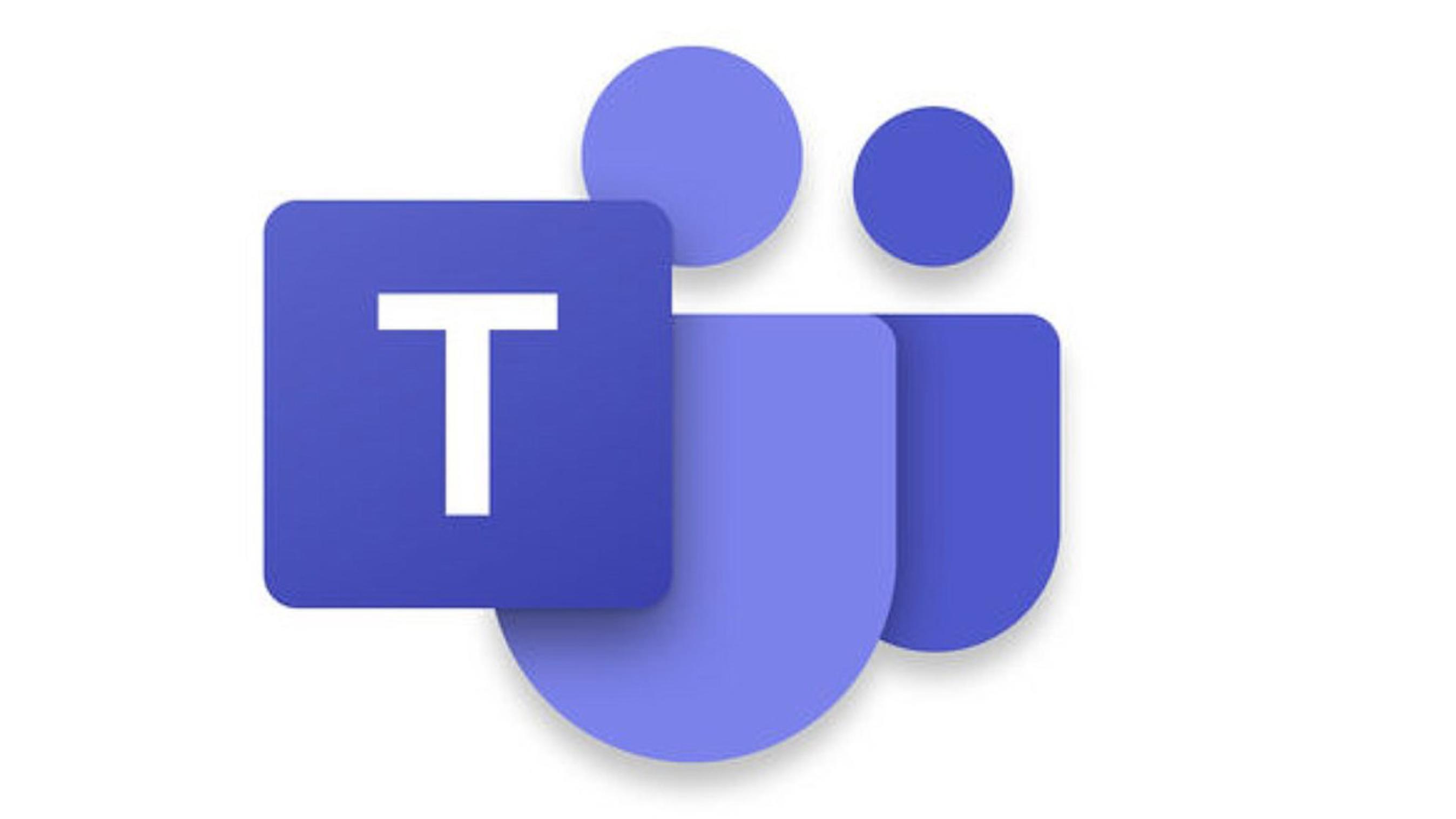
Regardless of the industry your business occupies, having foresight to recognize developing trends gives you an advantage over your competition. If you have an inkling about which products and services will be most desirable to customers in the coming months, for instance, you can create offerings and promotional materials geared towards those needs.
Insight into the future is also helpful for business communications. If your company is up on the inherent benefits afforded by the latest technologies, you stand to gain a leg up over competition that isn’t paying as close attention. Naturally, however, we understand that a robust knowledge of phone systems is likely not one of your core competencies—but it certainly is one of ours. So for your benefit, we’ve put together a list of the most important phone system trends to watch for in 2015:
- WebRTC comes to the forefront: WebRTC facilitates conference calling and video conferencing through Web browsers, breaking down communications barriers in the process. Rather than having to download a plugin or client, for example, employees and customers can enter a conference simply by clicking a link the conference organizer sends their way. With best-in-class WebRTC-based solutions, launching a conference is simple for the organizer as well, requiring just a few mouse clicks. For these reasons and more, market research firm Smiths Point Analytics predicts the global WebRTC market will reach $4.8 billion by 2018 with over 2 billion users by 2019.
- SIP trunking adoption grows: SIP trunking allows businesses to switch to IP-PBX telephony without having to completely overhaul their entire communications infrastructure. A SIP trunk purchased from an Internet telephony service facilitates both voice and data communications, meaning companies can cut costs by reducing the number of phone lines they have to pay to use. Additionally, the technology makes it easier for multi-location businesses to connect offices in different regions. With all these benefits, we’re betting SIP trunking keeps it current momentum going next year.
- Businesses continue to unify communications: Businesses of all sizes across various sectors are already using unified communications (UC), and with good reason. Next year companies will continue to cut costs, simplify communications infrastructure and enhance collaboration with features like:
- Unified messaging
- Presence
- Chat/instant messaging
- Web conferencing
- Organizations place greater emphasis on mobile: On-the-go employees are omnipresent in today’s workforce, and businesses are looking for ways to help these mobile workers communicate more effectively. Allowing employees to take their office extension with them wherever they travel—through the use of mobile clients—makes them more accessible without having to give out their personal numbers, which is a win for everybody.
- Companies look to remove telephony burden from IT: Between application development, network security and organizational troubleshooting, IT teams have enough on their plates without spending hours every week working on a business phone system. As such, executives will continue to look for ways to reduce the amount of time these employees spend on phone preoccupied with system monitoring and maintenance. One of the most effective ways to remove some of that burden is by adopting a phone system that runs on familiar technology—like 3CX Phone System for Windows—that can be easily installed managed by lower level IT personnel without any telecom expertise.
Do any of these trends seem relevant to your company? If so, click here for a list of 3CX products and to learn how these solutions can help transform your business communications.























